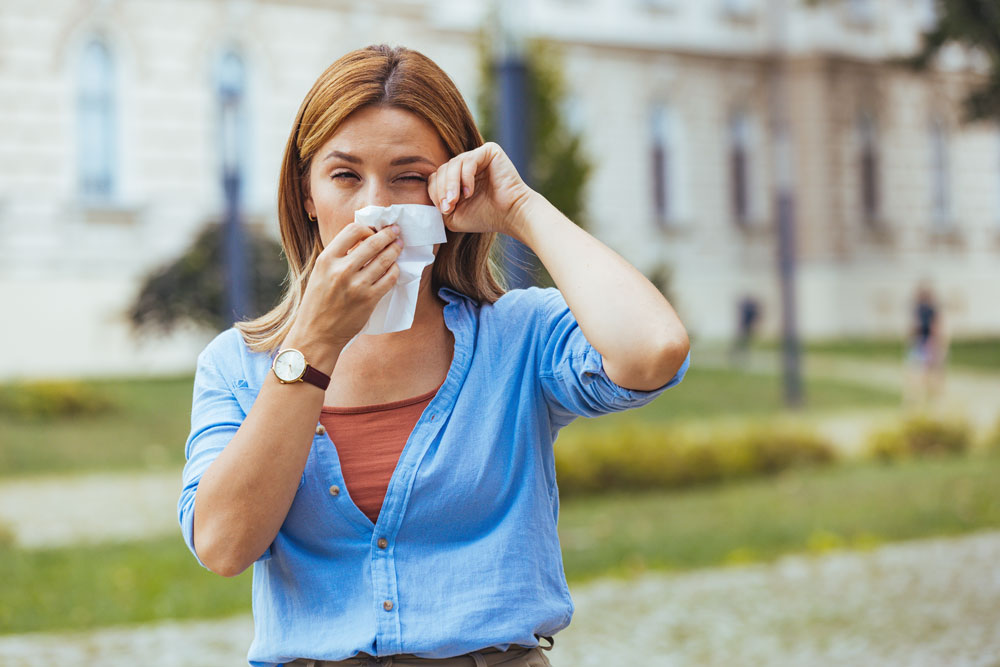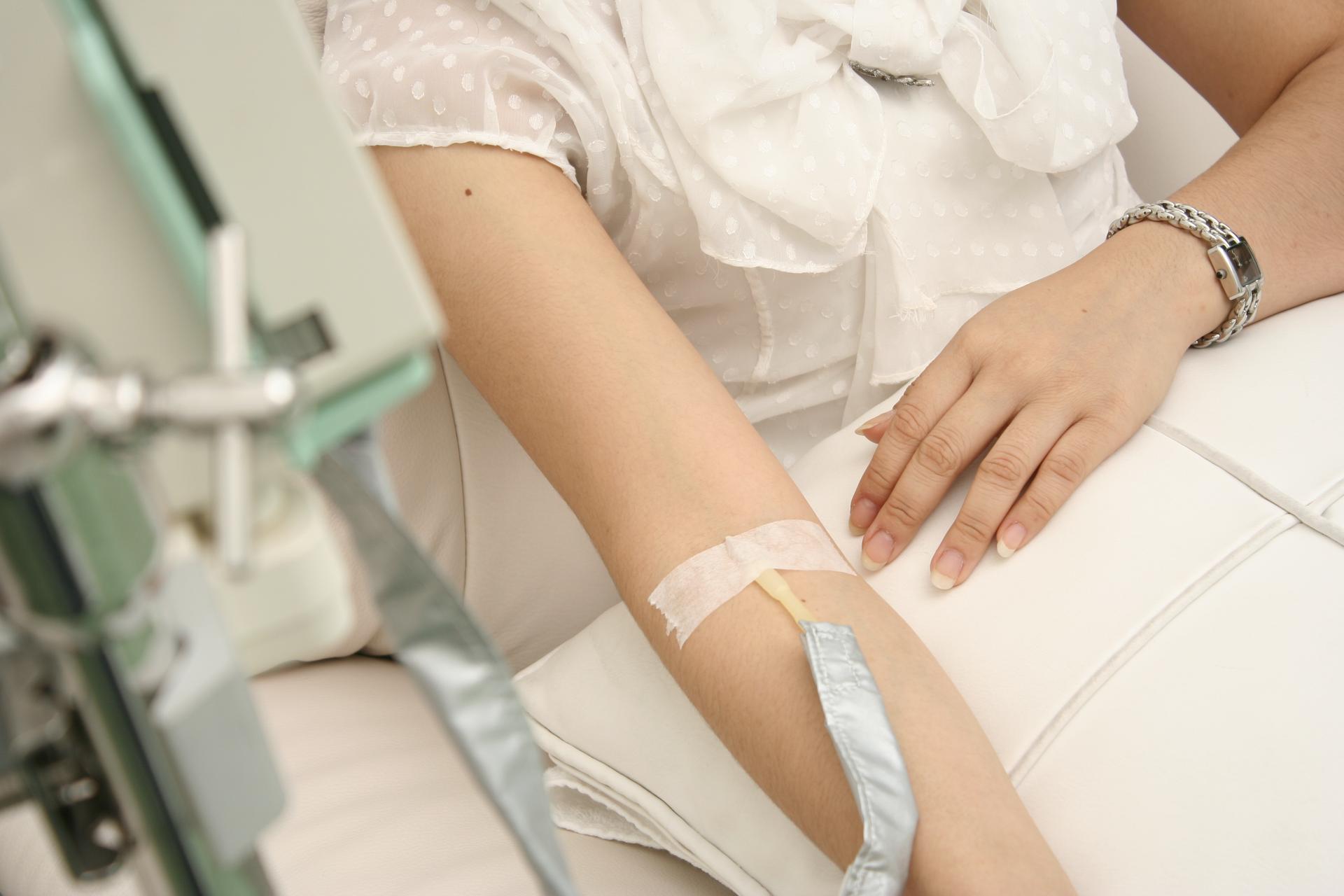Background: House dust mite (HDM) allergy is a frequent cause of allergic asthma in children. Reduction of exposure seems to be the most logical way to treat these patients.
Objective: Our aim was to investigate whether mattress and pillow encasings resulted in an effective long-term control of HDM allergen levels, thereby reducing the need for asthma medication in children with asthma and HDM allergy. Methods: In a prospective, double-blind, placebo-controlled study 60 children (age range, 6-15 years) with asthma and HDM allergy were randomized to active (allergy control) or placebo mattress and pillow encasings. After a 2-week baseline period, follow-up was performed every 3 months for 1 year. During the entire study period, the dose of inhaled steroids was tapered off to the lowest effective dose according to well-defined criteria.
Results: Fifty-two patients completed the trial, and 5 were excluded, leaving data from 47 children (26 in the active results group and 21 in the placebo group) for analysis. A significant perennial reduction in HDM allergen concentrations was seen only for the active results group. Also, a significant decrease in the dose of inhaled steroids (mean, 408 to 227 μg/d; P < .001) was found for the active results group only, with significant differences between groups after 9 and 12 months. After 1 year, the dose of inhaled steroids was reduced by at least 50% in significantly more children in the active results group than in the placebo group (73% vs 24%, P < .01).
Conclusion: Encasing of mattresses and pillows resulted in a significant long-term reduction in HDM allergen concentrations in mattresses and in the need for inhaled steroids in children with asthma and HDM allergy. (J Allergy Clin Immunol 2003;111:169-76.)


